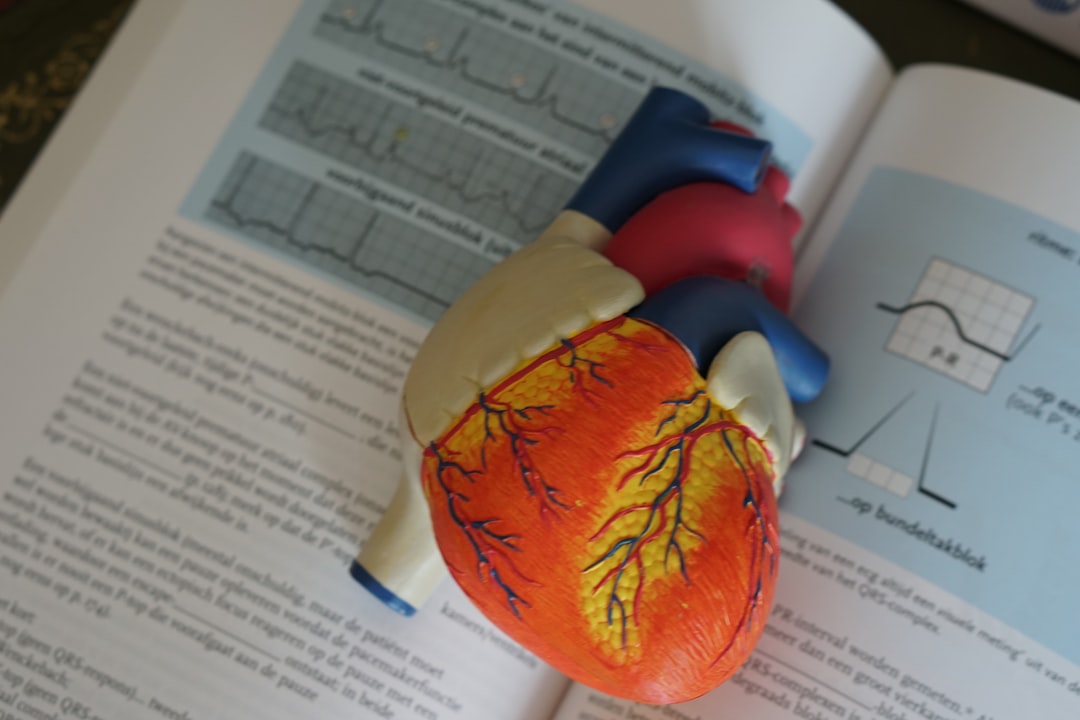What is it about?
Obesity is one of the most significant risk factors for the deterioration and mortality associated with COVID-19. Interestingly, the significance of risk differs among ethnicities. The Asian population tends to become abdominal or visceral-dominant-obesity, associated with subclinical inflammatory conditions. We identified that Japanese COVID-19 patients with abdominal obesity tended to show worse outcomes than those with overweight. The increased abdominal fat was related to enhanced inflammation, especially in middle-aged patients. In the mouse experiments, we demonstrated that mice putting fat on the abdomen died after the SARS-CoV-2 infection due to excessive inflammatory responses compared to lean mice or obese mice putting fat on all over. Also, inflammatory cytokine (IL-6) blockade and the prevention of obesity improved survival by reducing excessive inflammation.
Featured Image

Photo by Sean S on Unsplash
Why is it important?
Our results suggest how abdominal obesity increases the risk of cytokine storm and death in patients with COVID-19. Given that anti-inflammatory therapies, including IL-6 blockers, are already available, the findings of this study suggest that obese patients with excess abdominal fat would benefit most from this treatment strategy. Also, we might warn of the necessity of improving our lifestyle in this era, co-existing with COVID-19. since abdominal obesity is closely related to lack of exercise. To attenuate inflammatory responsiveness, efforts to reduce abdominal fat may be a feasible goal for the obese population.
Perspectives
We pray for the souls of patients who are deceased from COVID-19 and thank all the participants in our institute for managing patients with COVID-19.
Assitant Professor Tadashi Hosoya
Tokyo Medical and Dental University (TMDU)
Read the Original
This page is a summary of: Apple-shaped obesity: A risky soil for cytokine-accelerated severity in COVID-19, Proceedings of the National Academy of Sciences, May 2023, Proceedings of the National Academy of Sciences,
DOI: 10.1073/pnas.2300155120.
You can read the full text:
Resources
Contributors
The following have contributed to this page










